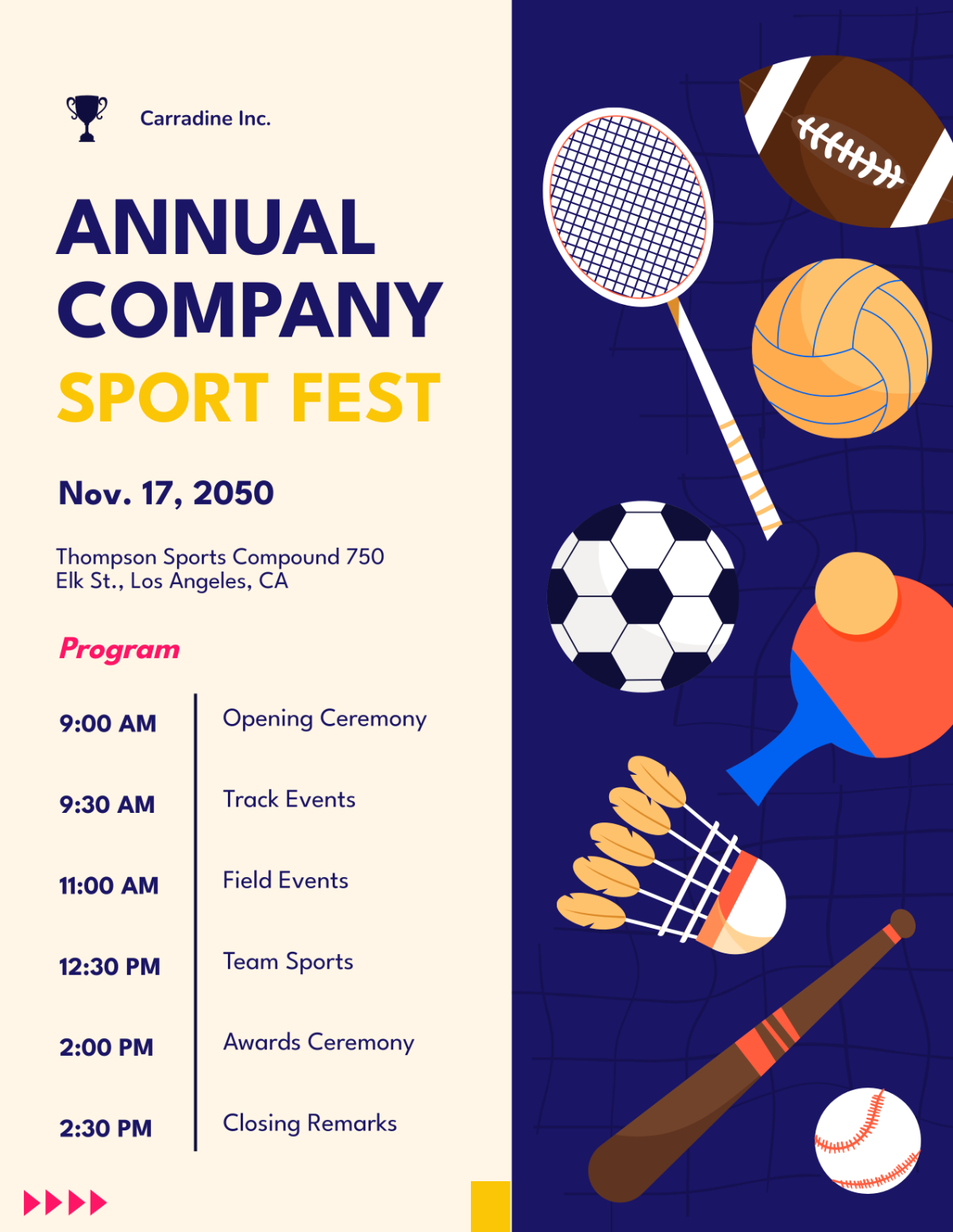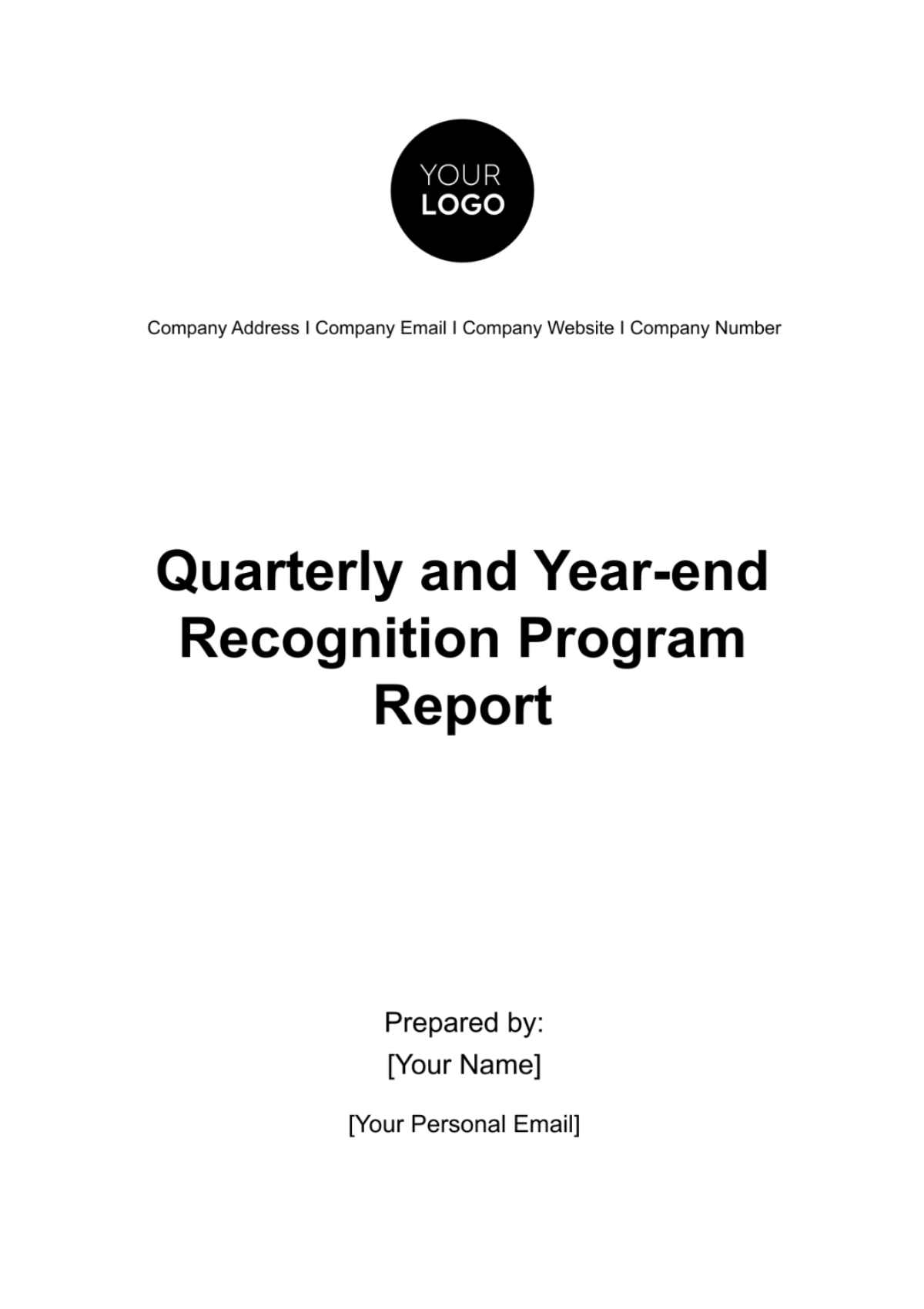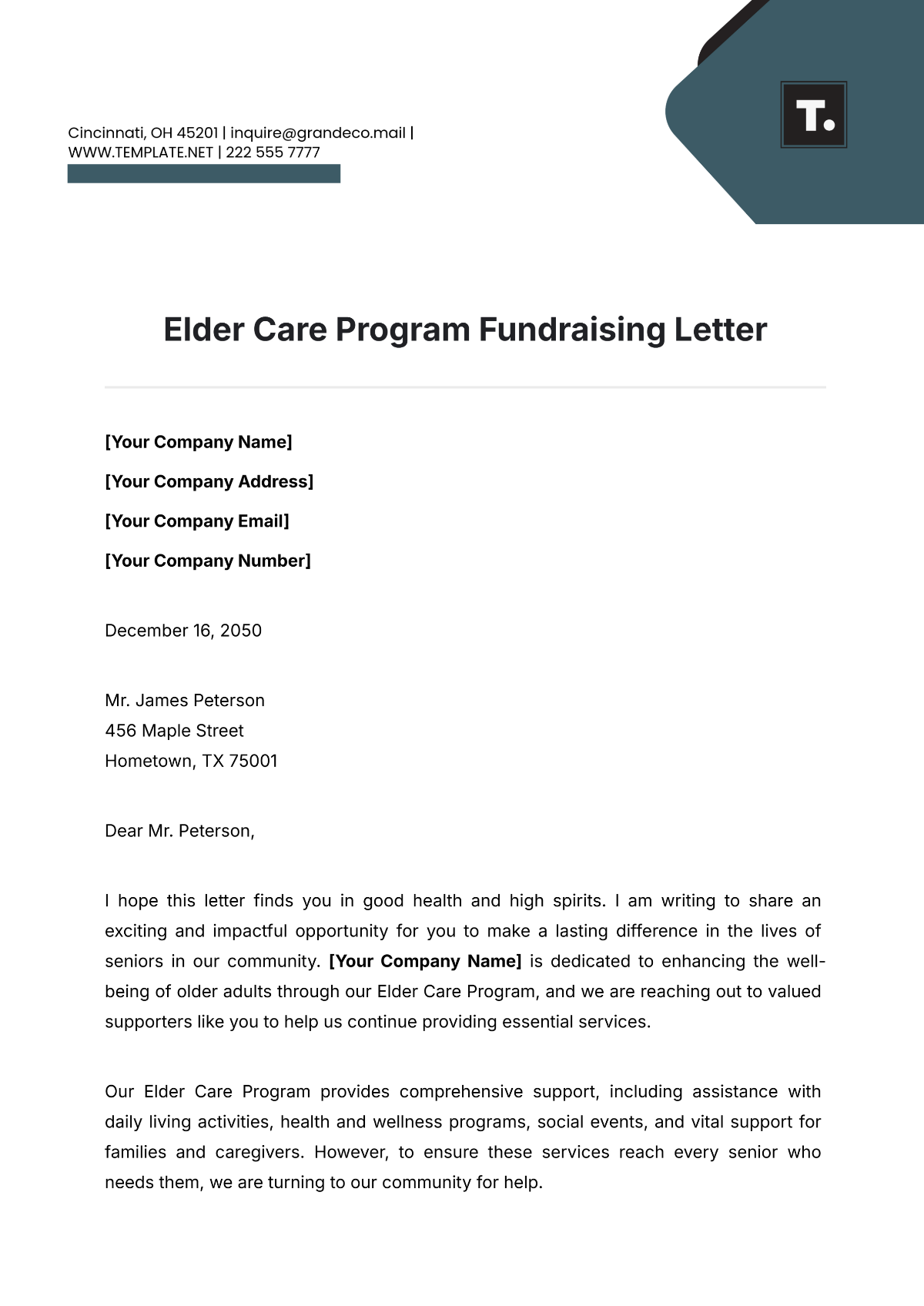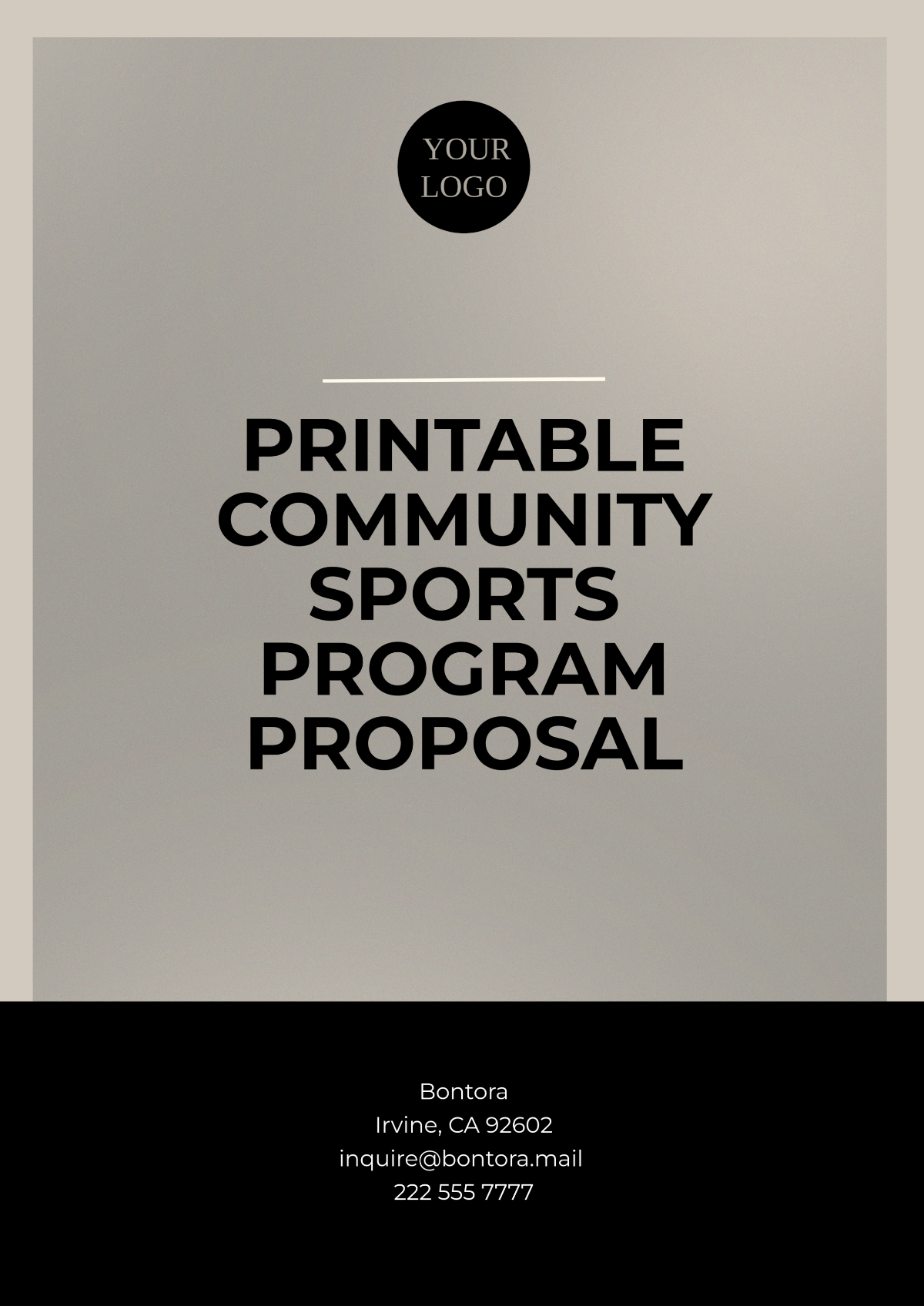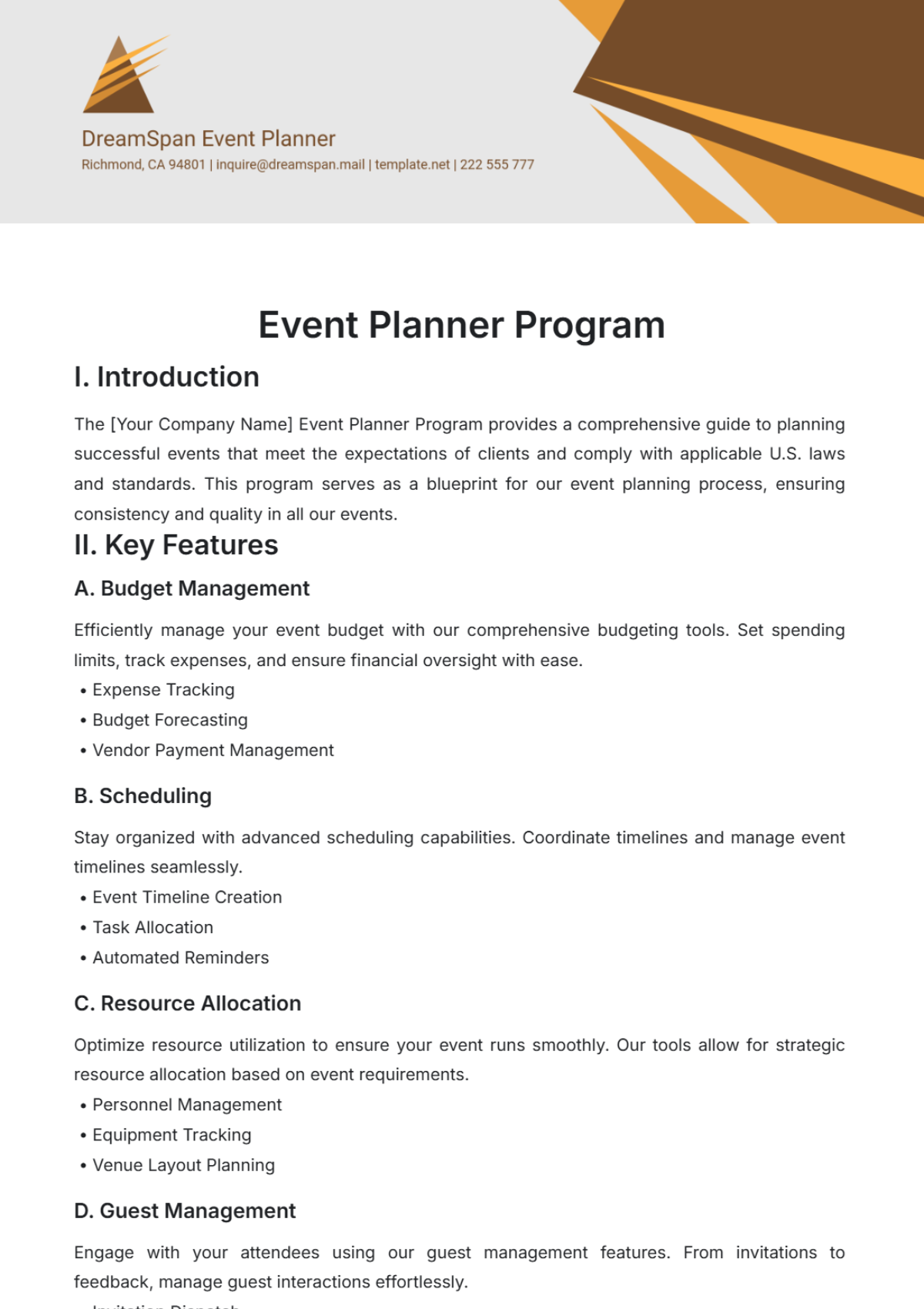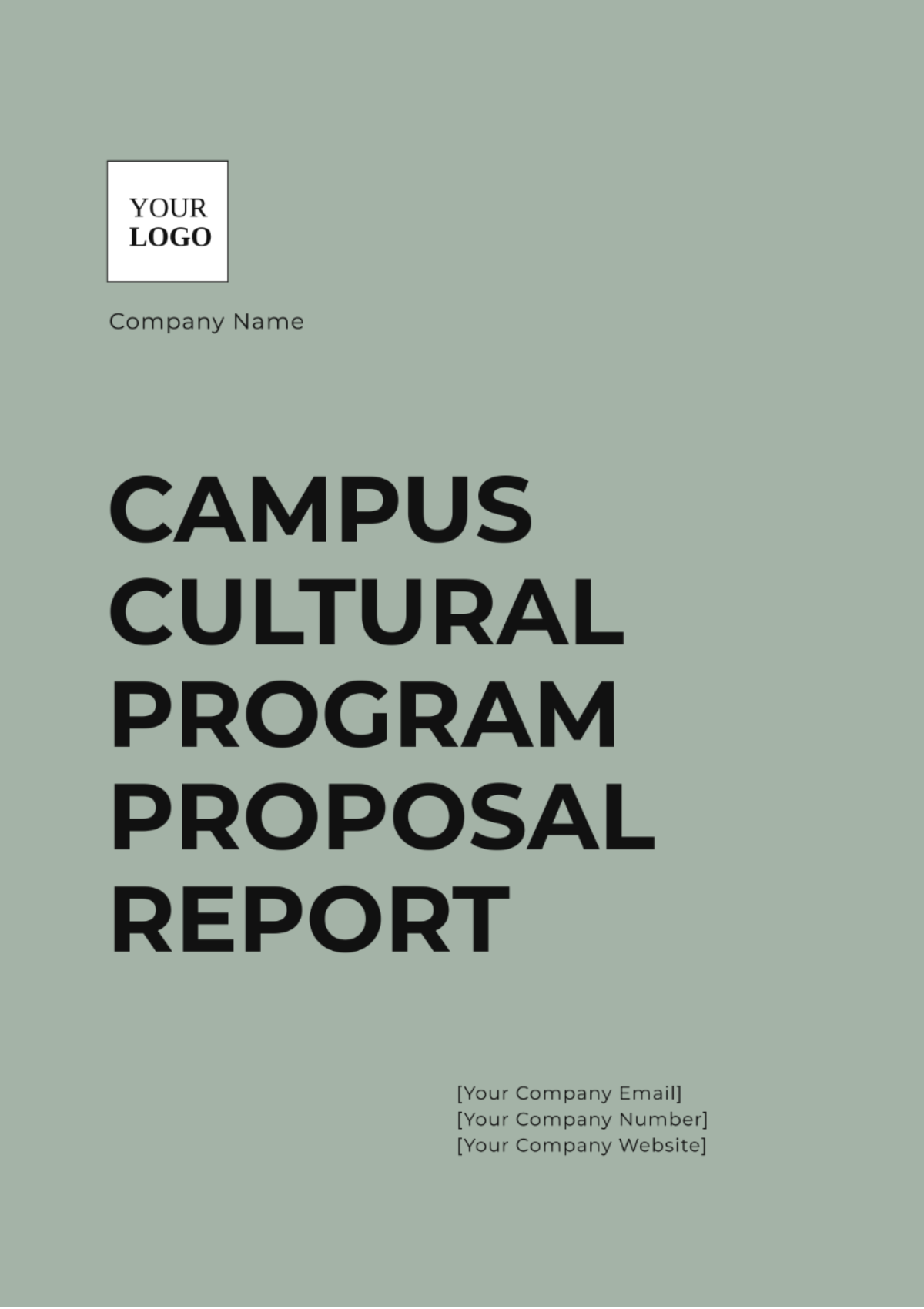Grocery Store Event Program Outline
I. Event Overview
Event Name: (The title of the event.)
Event Date and Time: (Specific date and time the event will take place.)
Event Location: (The area within the grocery store where the event will be held.)
Event Description: (A brief summary of the event, including its purpose and main activities.)
II. Objectives
Primary Goals: (The main aims of the event, such as increasing sales, boosting customer engagement, or promoting a new product.)
Secondary Goals: (Additional objectives, like collecting customer feedback or enhancing brand loyalty.)
III. Target Audience
Demographics: (Description of the intended audience, such as age range, interests, and shopping habits.)
Expected Attendance: (Estimated number of attendees.)
IV. Event Schedule
Timeline: (Detailed agenda of the event, including start and end times for each activity.)
Key Activities: (Description of each activity, such as cooking demos, product tastings, or workshops.)
Speakers/Presenters: (List of individuals who will lead activities or speak at the event, along with their roles and time slots.)
V. Marketing and Promotion
Marketing Plan: (Strategies for promoting the event, including social media, email newsletters, in-store signage, and flyers.)
Promotional Materials: (List of materials needed, such as posters, banners, and handouts.)
Media Partners: (Any media outlets or influencers involved in promoting the event.)
VI. Logistics
Setup and Breakdown: (Plan for setting up and dismantling the event space, including required equipment and personnel.)
Permits and Approvals: (Necessary permits or approvals from local authorities or store management.)
Vendor Coordination: (Details of any external vendors or partners participating in the event.)
VII. Budget
Cost Estimates: (Breakdown of anticipated expenses, such as marketing, equipment rental, and staffing.)
Revenue Projections: (Expected income from the event, such as ticket sales or product purchases.)
Sponsorships: (Details of any sponsorships or partnerships that provide financial or in-kind support.)
VIII. Staffing
Roles and Responsibilities: (List of staff members involved in the event and their specific duties.)
Volunteer Coordination: (Plan for recruiting and managing volunteers if applicable.)
IX. Risk Management
Safety Measures: (Procedures to ensure the safety of attendees, staff, and participants.)
Contingency Plans: (Backup plans for potential issues, such as bad weather or technical problems.)
X. Evaluation
Feedback Collection: (Methods for gathering feedback from attendees, such as surveys or comment cards.)
Success Metrics: (Criteria for evaluating the success of the event, such as attendance numbers, sales figures, and customer satisfaction.)
Post-Event Review: (Summary of what went well and areas for improvement for future events.)
XI. Post-Event Follow-Up
Thank You Notes: (Sending appreciation messages to attendees, partners, and staff.)
Reporting: (Detailed report on the event’s outcomes, including data and insights.)







